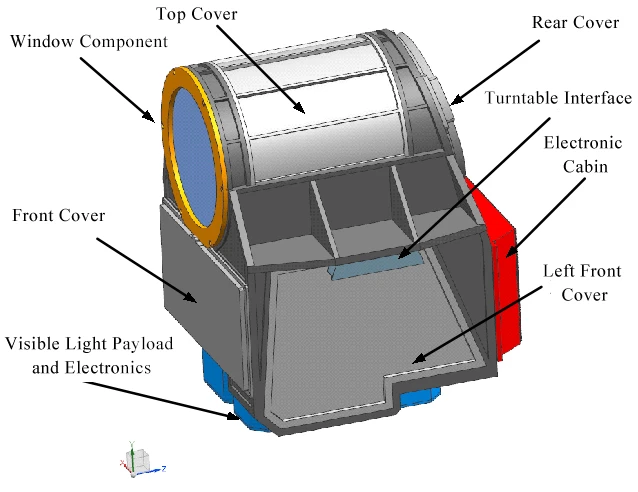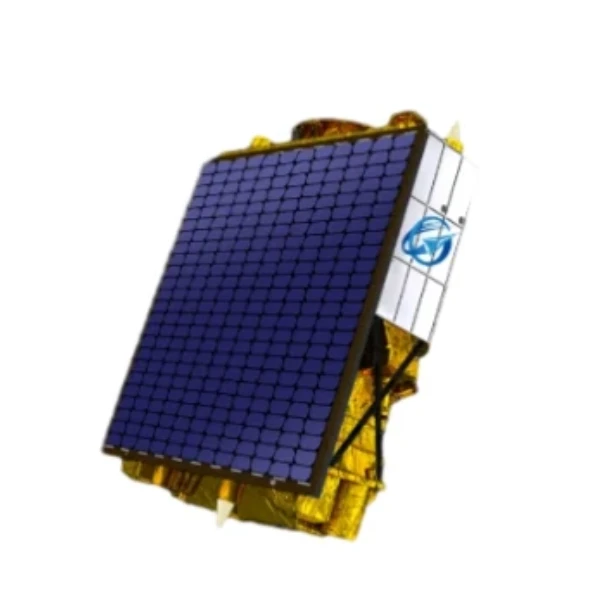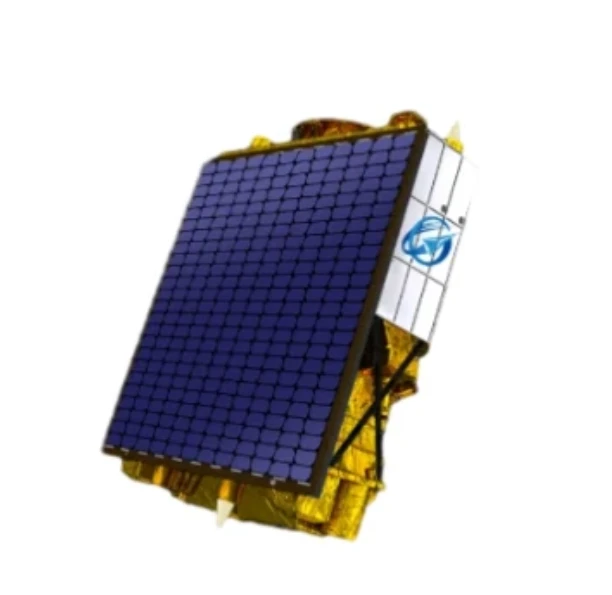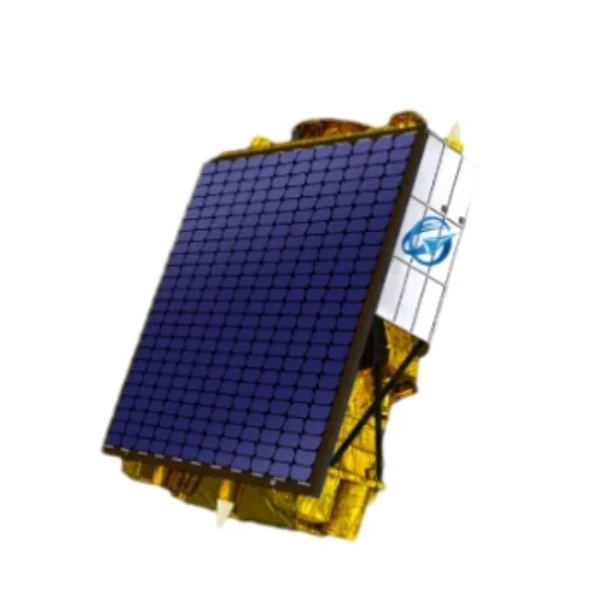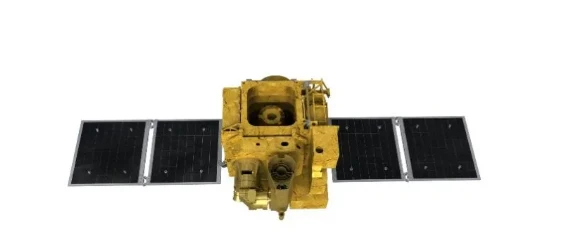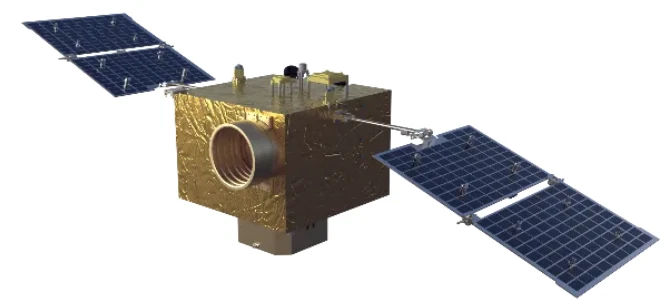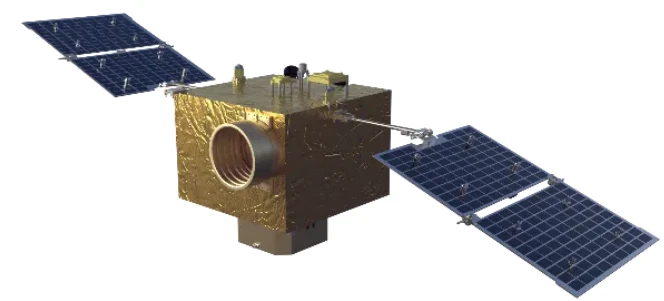
- Moafrika
- Sealbania
- Seamharic
- Searabia
- Searmenia
- Se-Azerbaijani
- Sebasque
- Sebelarusia
- Benghali
- Sebosnia
- Se-Bulgaria
- Secatalan
- Sebuano
- China
- Corsican
- Secroatia
- Czech
- Sedanishe
- Se-Dutch
- Senyesemane
- Esperanto
- Seestonia
- Sefinnishe
- Sefora
- Sefrisia
- Segalician
- Segeorgia
- Sejeremane
- Segerike
- Segujarati
- Secreole sa Haiti
- Hausa
- siwaiian
- Seheberu
- Che
- Miao
- Se-Hungary
- Seiceland
- igbo
- Seindonesia
- irish
- Setaliana
- Sejapane
- Se-Javanese
- Kannada
- kazakh
- Khmer
- Rwanda
- Sekorea
- Sekurdish
- Sekyrgyz
- Mosebetsi
- Selatine
- Selatvia
- Selithuania
- Se-Luxembourgish
- Semacedonia
- Semalagasy
- Semalay
- Semalayalam
- Semalta
- Semaori
- Marathi
- Mongolian
- Myanmar
- tsa Nepali
- Norwegian
- Norwegian
- Occitan
- Sepashto
- Sepersia
- Sepolishe
- Sepotoketsi
- Sepunjabi
- Seromania
- Serussia
- Sesamoa
- Segaeli sa Scotland
- Seserbia
- Senyesemane
- Seshona
- Sindhi
- Sesinhala
- Seslovak
- Seslovenia
- Somalia
- Sepanish
- Sesundanese
- Seswahili
- Seswedishe
- Setagalog
- Se-Tajik
- Setamil
- Setatare
- Setelugu
- Sethai
- Se-Turkey
- Turkmen
- Seukraine
- Seurdu
- Uighur
- Seuzbek
- Sevietnam
- Welsh
- Thusa
- Yiddish
- Yoruba
- Sezulu
Infrared Search and Track Instrument
Lintlha tsa Lihlahisoa
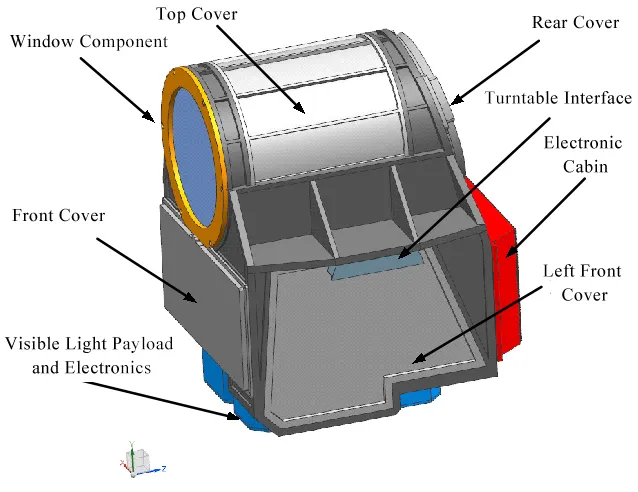
Ho Batla ka Infrared le ho Lata Mekhahlelo e ka Sehloohong ea Tekheniki
|
Index |
Mid-wave Infrared |
Long wave Infrared |
|
|
Wavelength/ μ m |
3.7—4.8 |
7.7—10.5 |
|
|
Bolelele ba Tsepamiso/mm |
Tsepamiso e Melelele |
520 |
520 |
|
Tsepamiso e Khutšoane |
260 |
260 |
|
|
Field of View/° |
Tsepamiso e Melelele |
1.76 (E tšekaletseng) x 1.41 (E theohileng) |
1.76 (E tšekaletseng) x 1.41 (E theohileng) |
|
Tsepamiso e Khutšoane |
3.52 (E tšekaletseng) x 2.82 (tsepameng) |
3.52 (E tšekaletseng) x 2.82 (tsepameng) |
|
|
Sebaka se Eketsehileng sa Pono |
Tsepamiso e Melelele |
0.72 |
0.12 |
|
Tsepamiso e Khutšoane |
0.48 |
0.08 |
|
|
Phano e amanang |
1/2 |
1/2 |
|
|
Phetiso |
>0.76 |
~0.7 |
|
|
MTF |
0.4@20lp /mm |
0.3@20lp /mm |
|
|
Phetolo |
<1% |
<1% |
|
|
Optical axis consistency |
25μrad |
||
The Infrared Search and Track (IRST) Instrument is a sophisticated sensor system designed to detect, track, and identify targets using infrared radiation, without relying on radar or other radio-frequency-based technologies. This instrument uses infrared sensors to detect heat signatures emitted by objects, such as aircraft, missiles, and vehicles, providing a stealth advantage by operating in a passive mode. The IRST system typically features high-resolution thermal imaging, long-range detection, and precise tracking capabilities, making it invaluable for military, defense, and security applications, where rapid detection of airborne or ground-based threats is critical. It can function in various environmental conditions, including day or night, and is effective in low visibility situations such as fog, smoke, or adverse weather.
The system typically integrates with other tracking systems and radars, providing comprehensive situational awareness. One of the major advantages of the IRST is its passive operation, which enables platforms to remain undetected while tracking high-speed or stealth targets. Its long-range detection capabilities make it ideal for early warning systems and target acquisition, providing superior performance in surveillance, reconnaissance, and defense operations. The instrument's versatility and real-time tracking further enhance the effectiveness of both airborne and naval platforms, significantly improving the success of combat missions and threat neutralization.
